www.biorxiv.org/content/10.1...

www.biorxiv.org/content/10.1...

Today, we report the discovery of telomerase homologs in a family of antiviral RTs, revealing an unexpected evolutionary origin in bacteria.
www.biorxiv.org/content/10.1...

Today, we report the discovery of telomerase homologs in a family of antiviral RTs, revealing an unexpected evolutionary origin in bacteria.
www.biorxiv.org/content/10.1...
Read the thread below for a summary of our findings 🧵1/11

Read the thread below for a summary of our findings 🧵1/11

SNAP-tag2 for faster and brighter protein labeling
www.nature.com/articles/s41...
Thank you Steffi and Veselin.
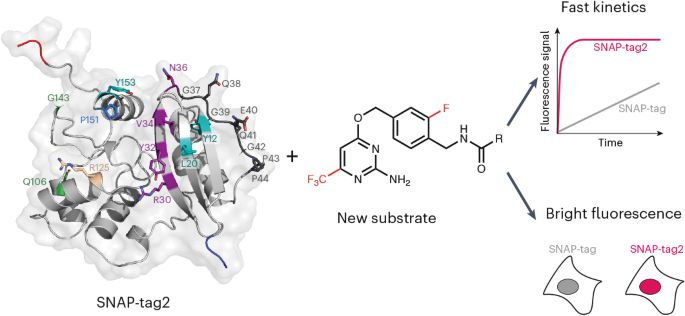
SNAP-tag2 for faster and brighter protein labeling
www.nature.com/articles/s41...
Thank you Steffi and Veselin.

www.nature.com/articles/s41...
@spirochrome.com
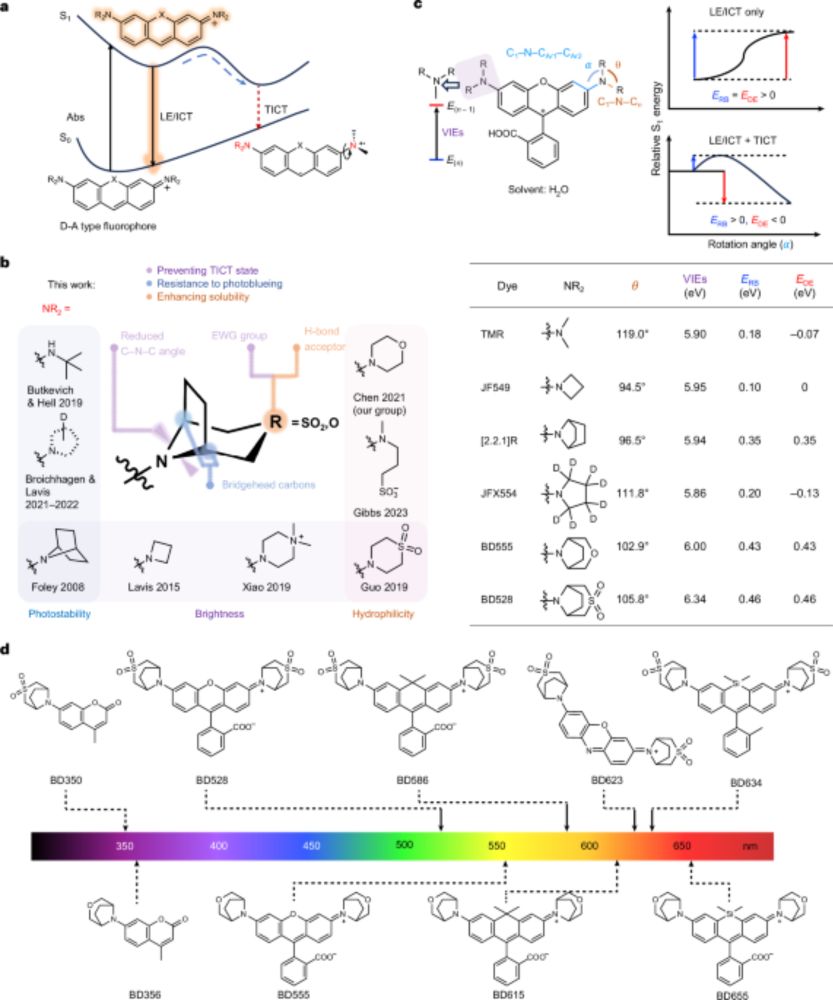
www.nature.com/articles/s41...
@spirochrome.com
👉 europa.eu/!NTYTTV

👉 europa.eu/!NTYTTV

pubs.aip.org/aip/apr/arti...
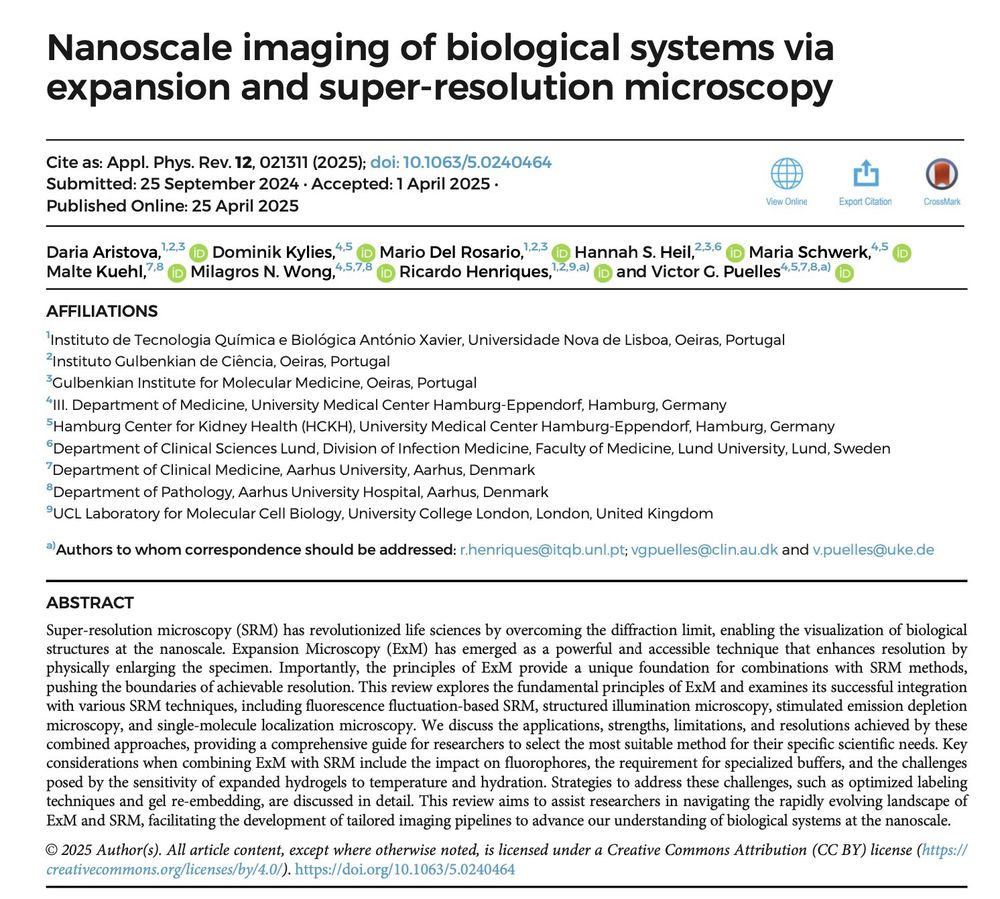
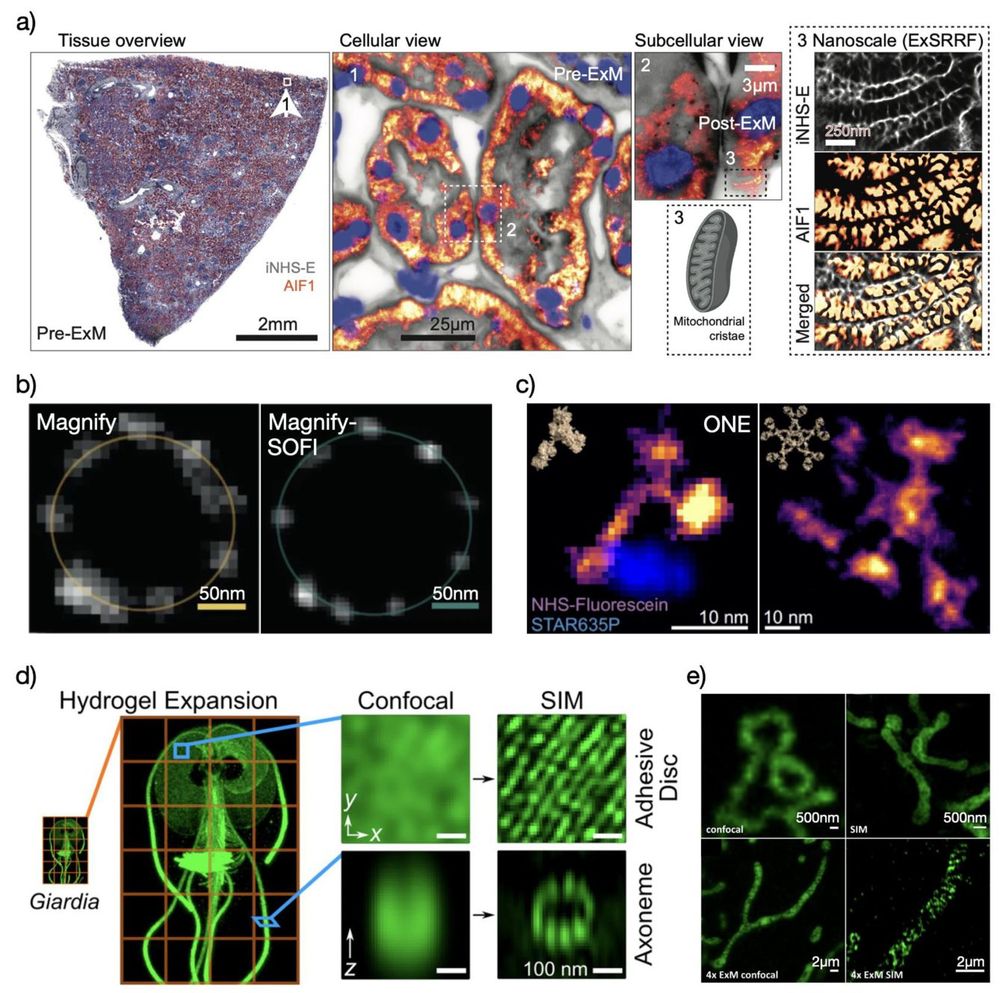

pubs.aip.org/aip/apr/arti...
@marinalusic.bsky.social, Turoňová lab, @hummerlab.bsky.social @becklab.bsky.social @mpibp.bsky.social
🔗 Preprint here tinyurl.com/3a74uanv
@marinalusic.bsky.social, Turoňová lab, @hummerlab.bsky.social @becklab.bsky.social @mpibp.bsky.social
🔗 Preprint here tinyurl.com/3a74uanv
Congratulations, Kai, @andibrunner.bsky.social and everyone else involved! 🤩
www.sciencedirect.com/science/arti...
Congratulations, Kai, @andibrunner.bsky.social and everyone else involved! 🤩
www.sciencedirect.com/science/arti...
“A CPC-shelterin-BTR axis regulates mitotic telomere deprotection”.
Here we identify the mechanism that unwinds telomere-loops (t-loops) during mitotic arrest to activate the DNA damage response and signal mitotic stress.
www.nature.com/articles/s41....
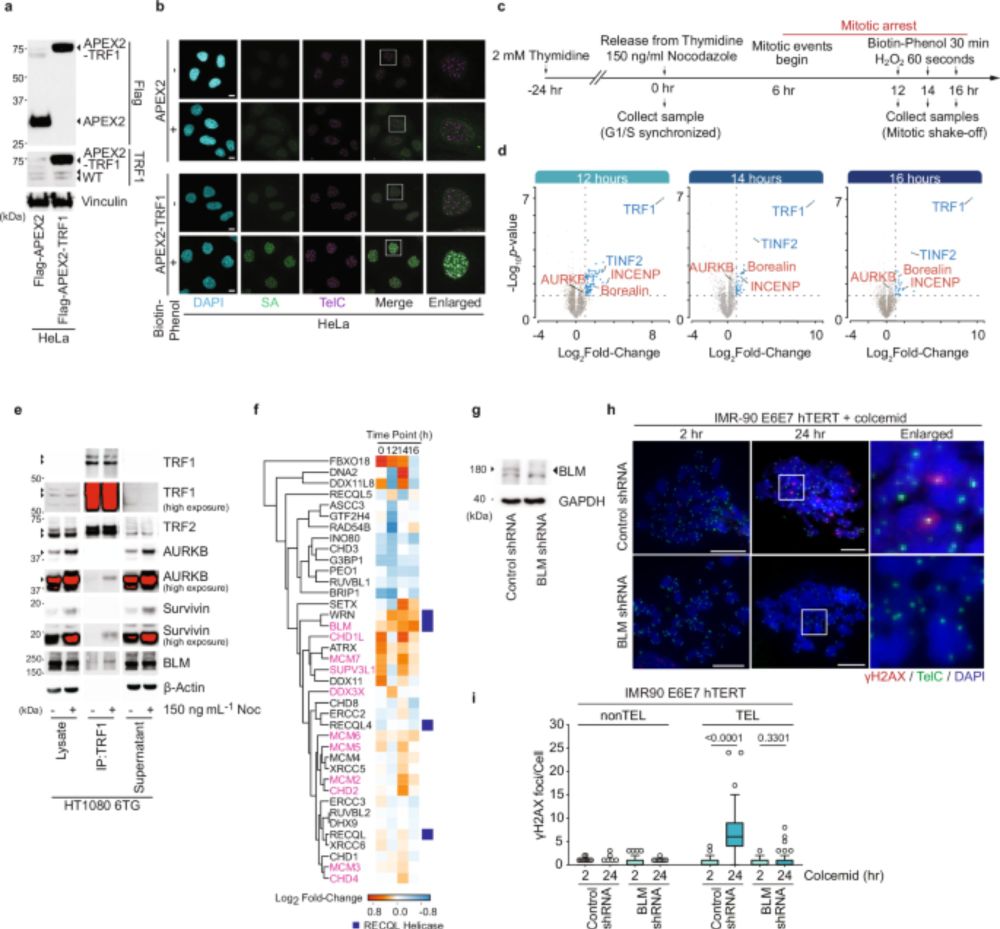
“A CPC-shelterin-BTR axis regulates mitotic telomere deprotection”.
Here we identify the mechanism that unwinds telomere-loops (t-loops) during mitotic arrest to activate the DNA damage response and signal mitotic stress.
www.nature.com/articles/s41....
employment.ku.edu/staff/29681BR
employment.ku.edu/staff/29681BR
The question is how are DNA breaks held together during HR?? 1/n
www.biorxiv.org/content/10.1...

The question is how are DNA breaks held together during HR?? 1/n
www.biorxiv.org/content/10.1...

www.biorxiv.org/content/10.1...

www.biorxiv.org/content/10.1...
We measured the shelterin complex stoichiometry and dynamics at telomeres in living cells. Our results re-envisions the architecture of telomeres in human cancer cells.
www.biorxiv.org/content/10.1...
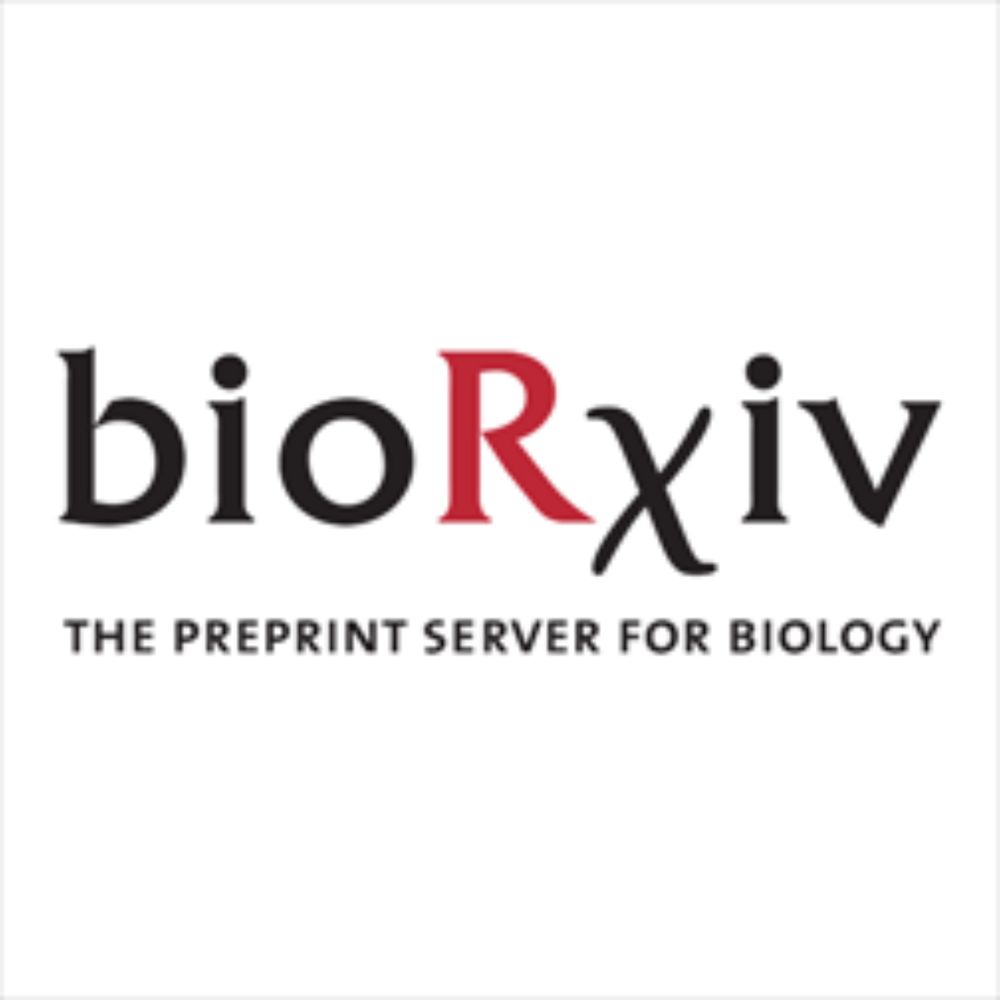
We measured the shelterin complex stoichiometry and dynamics at telomeres in living cells. Our results re-envisions the architecture of telomeres in human cancer cells.
www.biorxiv.org/content/10.1...
Enjoy reading our paper here: www.science.org/doi/10.1126/...
10/10

Enjoy reading our paper here: www.science.org/doi/10.1126/...
10/10
Ever wonder how #TADs compare across the tree of life?Look no further & read our Review!!!
Find out what genes & 3D chromatin can & can't do in Bacteria! Archeae! Yeast! Plants! Animals!
SMCs & RNA-Pol are the only thing they have in common
www.nature.com/articles/s41...
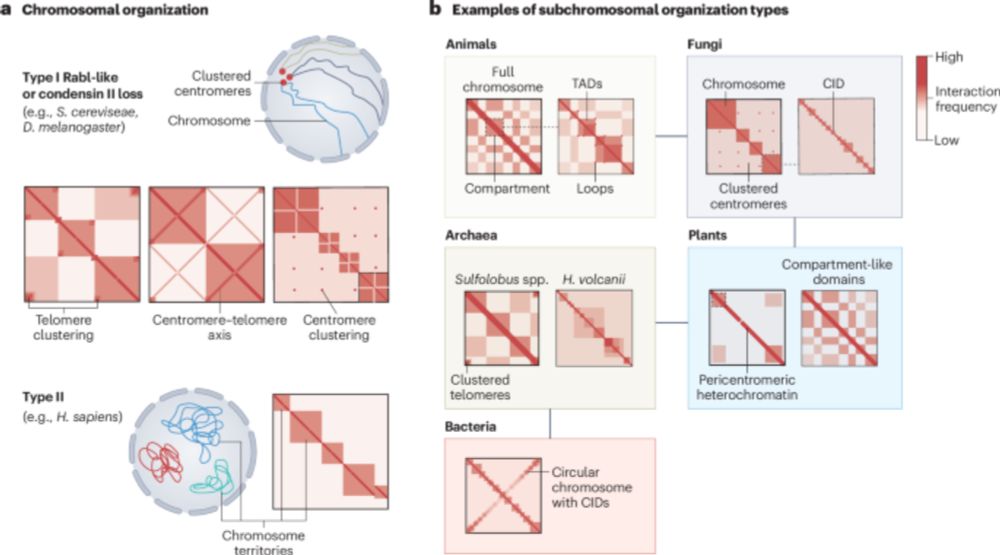
Ever wonder how #TADs compare across the tree of life?Look no further & read our Review!!!
Find out what genes & 3D chromatin can & can't do in Bacteria! Archeae! Yeast! Plants! Animals!
SMCs & RNA-Pol are the only thing they have in common
www.nature.com/articles/s41...
www.nature.com/articles/s41...

www.nature.com/articles/s41...
www.nature.com/articles/s41...
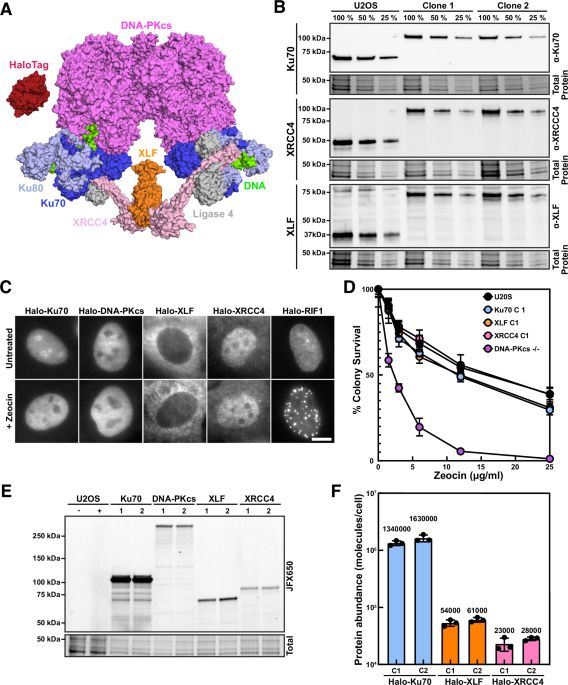
www.nature.com/articles/s41...

